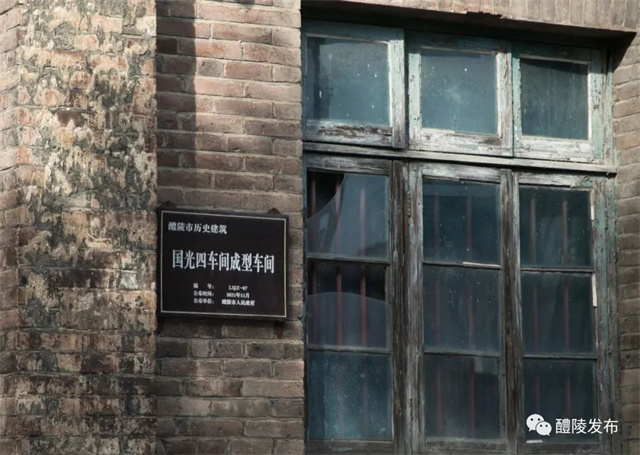The Great Liling Kiln Site was recently shortlisted for the six batch of national industrial heritage sites in a news release from the Ministry of Industry and Information Technology, making the site the only candidate in Hunan Province.
The Great Liling Kiln Site mainly covers Weishan, Fenglin, Wangxian, and Sunjiawan towns as well as urban areas, with a total area of 129 square meters. It is the largest ancient kiln site cluster in China. The site records the development and achievements of the Liling ceramic industry from the Eastern Han Dynasty (25-220 years) to the present, and represents a large group of ruins that is well-preserved and offers high historical and social value. In particular, the site is represented by the Weishan Kiln Area and Guoguang Ceramics Factory.

Located in Weishan Village, Weishan Town, the Weishan Kiln boasts a beautiful natural environment as well as a profound history and culture. The village has a bounty of high-quality porcelain clay and a one-thousand-year history of porcelain making, lasting from the Song Dynasty to the 1980s. The village is home to more than 190 cultural relics such as ancient kiln sites, porcelain clay mines, mud refining workshops, and pieces of porcelain. The site serves as an important window for studying traditional porcelain-making skills, history and culture of the Liling Kiln.

The Great Liling Kiln Site is an important location for studying the history and culture of Chinese ceramics. It is of great significance for inheriting and carrying forward fine traditional Chinese culture, and serves as an important tourism resource.
This article is from the Hunan Provincial Government www.enghunan.gov.cn.
Translator: Xiao Juan
Chinese source: Voice of Hunan








